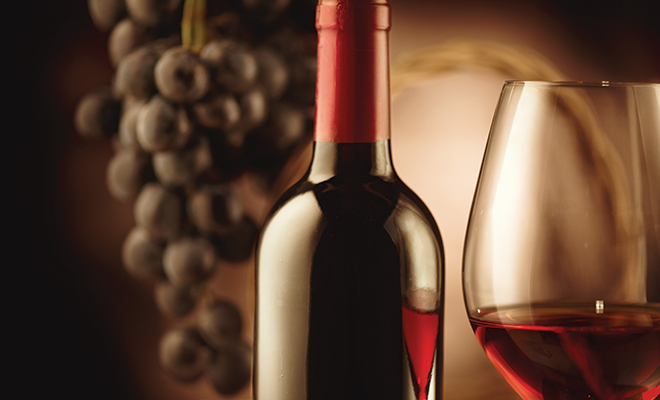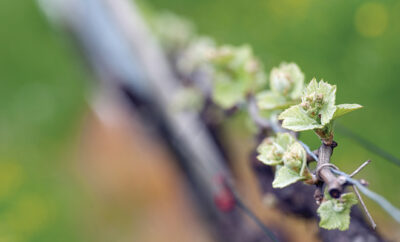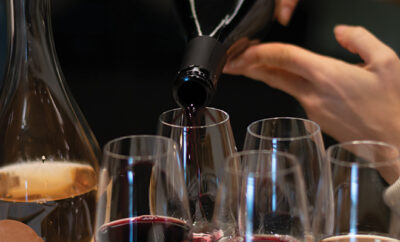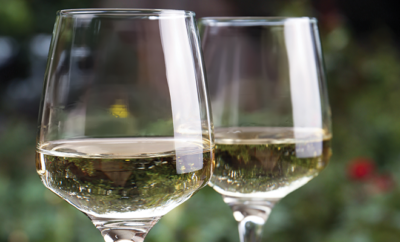
Make Mine a Blend!
Wine lovers across the country celebrate September as California Wine Month, an occasion to enjoy the bounty of California’s diverse wine growing regions! Today’s blended offerings are lovely, delightful and include plenty of options for the white wine lover as well.
With the last of the outdoor weather holding up for festivals, parties and back-to-school pot-luck gatherings, today’s white and red wine blends are the perfect way to ease into fall routines and activities. During this time, there are many locally grown fruits and vegetables available at our local farmers markets – wine blends make great pairings to enjoy this special time of harvest.
Worldwide, wine grape vineyards are producing more variety that ever before. In the past, single varietals would be grown on vineyard plots designed for maximum growth and production of a single type of wine grape. Today, vineyard managers may use vineyards in a segmented method to maximize a ten-acre plot into four to six grape varietals or more, thinning and pruning the vines to get the very best fruit, even in smaller quantities. With the smaller quantity but higher quality of fruit, the wine grapes are developed with acidity and concentrated flavor. Row by row, each varietal stands to grow into its perfect example, absorbing the perfect balance of sunshine, moisture, temperature and nutrients from the soil. A grower may cultivate chardonnay, chenin blanc, grenache blanc or others, dependent on how that vineyard stretches across the land; its slope, elevation, water, heat and natural influences make each of those grapevines grow into their best form.
With such variety, growers can offer wine grapes that have shared a somewhat harmonized growing environment; all the grapes grown in the same area have shared resources yet grown into their own individual beauty. These grapes can make some of the most beautiful blends to enjoy. If California farmers’ markets are the example of farm to table, then today’s wine blends can be our very own vineyard to glass!
The terms “white blend” or “red blend” are a general catch-all description of wine varietals that have been blended together but are not necessarily the traditional blends such as Bordeaux. A red Bordeaux is a blended wine, but it is a specific blend that must have particular ingredients such as cabernet sauvignon, merlot and cabernet franc with a dash of malbec and petit verdot. A white Bordeaux will be made of sauvignon blanc and semillon with a dash of muscadelle (not sweet, like moscato).
Bordeaux blends are specific, whereas today’s lovely wine blends are individually created works of art, curated by the winemaker according to what she is looking for in balance, complexity and bouquets of flavor. Blended components are typically listed on the label or in the seller’s notes, which may showcase only the base wine that is the largest percentage wine grape in that bottle. For example, chardonnay could be 60 percent of the wine structure where a blend of chenin blanc, semillon and roussanne may make up the remaining 40 percent of the white wine blend.
One of my favorite discoveries has been symphony. As both a specific grape and a style of blended white wine, the symphony has a great American story. Created by a University of California, Davis, inventor, Harold Olmo, in 1948, this new California varietal began by crossing the muscat and grenache gris grapes, creating the symphony grape. Although the easy-growing symphony is still gaining awareness among wine lovers, winemakers have been working with the grape’s unique textures and characteristics since the early 1980s to showcase symphony’s structure and ability to blend with friends. Greenish-silver in color, the symphony grape begins with a floral nose that gives way to stone fruit and minerality on the tongue. Not sweet by nature, the fruit structure makes it an excellent pairing with salads and summer squash. On retail shelves, we see symphony in many wine labels as part of the given style and branding of blended wines. If you have not yet seen symphony on the shelf, it’s coming! Remember when chardonnay was “just a French grape”?
Luckily, the Sierra Foothills and Central Valley of California have an ideal blend of weather and growing conditions that an entire wine section can be dedicated to California blends at most retailers. It’s the same for red wine blends; today’s offerings are wonderfully plentiful for consumers; there was a high yield of red wine grapes last year, which contributes to nearly unlimited blending options for the artisan winemakers of today.
If you happen to love chenin blanc or have perhaps discovered symphony for yourself, look for wines that have the predominant wine grape of your choice and start exploring white wine blends that suit your palate. Here’s to a symphony in your glass! ■
Sources: winemag.com and worldsbestwines.eu.







